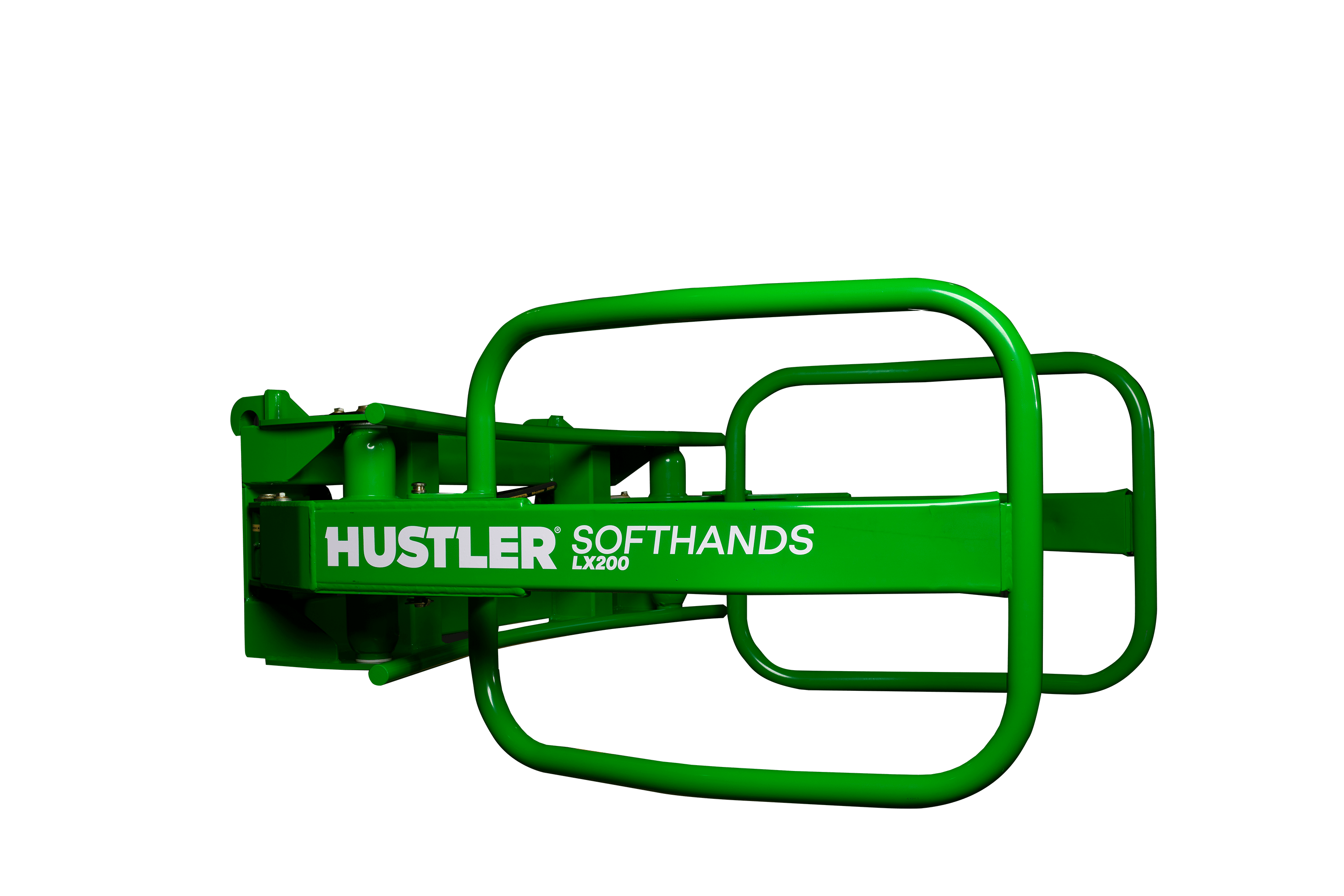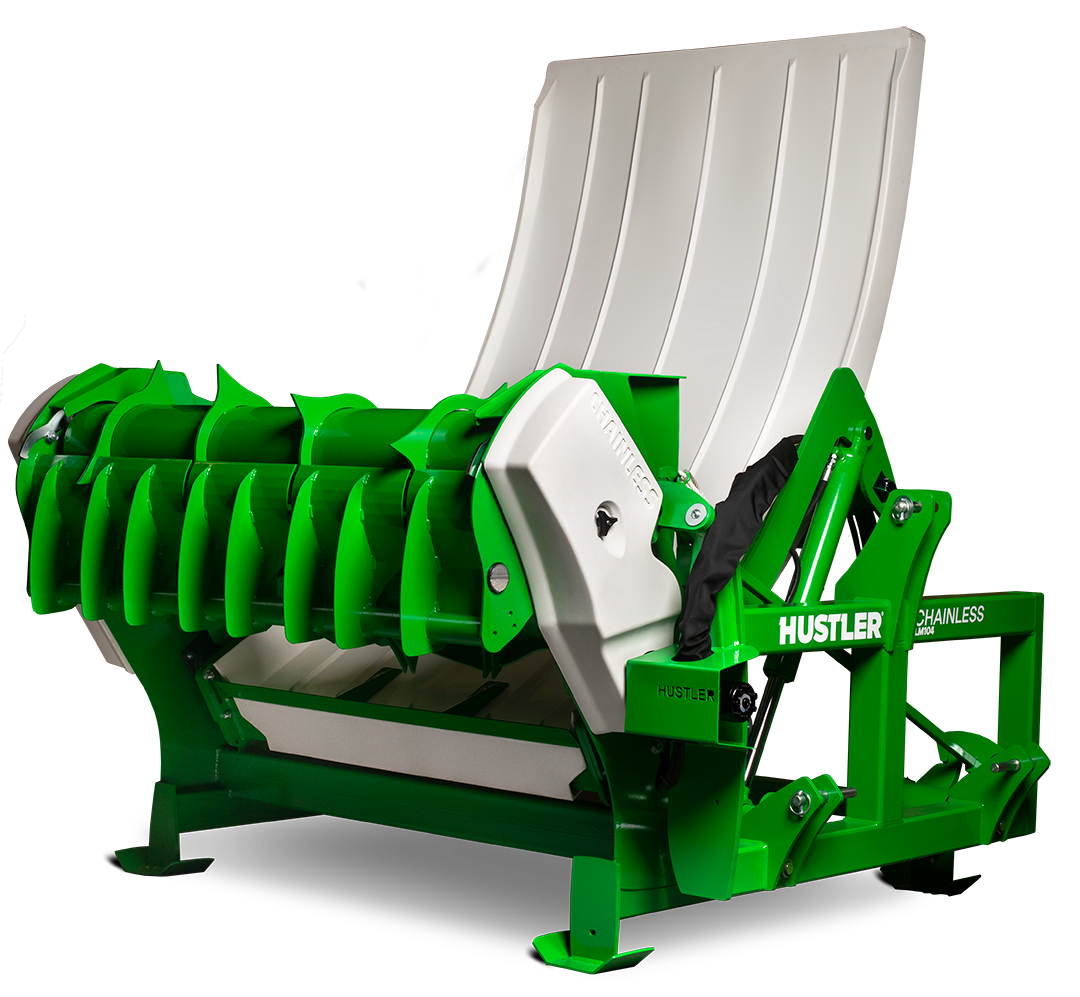Buying your Hay vs. Growing your Own
Whether you are a large-scale farmer or a small homesteader, you must have asked yourself at some point in your journey, “Should I raise/continue to raise hay for my livestock each year, or should I buy it?”
Of course, there is no correct answer to this question but there are a few key factors that can help you build your thinking.

Buying Hay
Some farmers just can’t make hay – either because they don’t have enough land available, or because they are located in a region where the soil is poor. If the soil is poor, there may not be much value in cutting and baling the hay while buying good quality hay helps the herd – meat or dairy – to be more productive. Owning hay equipment is also a major expenditure, and and some farms don’t necessarily have the time or workers to allocate to hay production.
But even in cases where some aspects of the farm may support growing their own hay, buying hay can be a good solution to consider. Buying hay can allow better use of time and equipment to focus on more profitable portions of the farming operation. Farming practices like spraying or fertilising row crops may be more economically important when compared to baling hay. If you are purchasing hay, the fertilizer value of hay is important to consider, realizing that if these nutrients are evenly spread over pastures during winter feeding, the benefit could be quite large to helping distribute additional nutrients to poorer fertility sections of a pasture.
With good feeding management, farmers can build pastures up, reduce manure handling, and help make the most out of purchased hay. Some equipment such as the Hustler Chainless system can help with naturally reseeding pastures while feeding out and with spreading manure evenly in the pasture. It also helps to minimise the risk of pasture damage and disease caused by concentrated hoof and manure.
Storing hay is not always easy and hay quality is impacted by storage conditions. If you don’t have the right setup to store hay, purchasing hay in small batches at the time can be a good solution to preserve the quality of the hay.
In some areas such as Europe or some specific states in the United States, land price and availability are big constraints on herd expansion and it becomes harder and harder to dedicate paddocks or pastures to hay harvesting. Well-managed pastures allow longer grazing seasons, can allow increased herd size or stocking rates, and can result in lower fertiliser and fuel needs to support the cattle operation.
A big issue to consider with buying hay is the availability. You can’t always get what you need at the price you want. Versatile feeding equipment can help, but the price of hay will vary considerably depending on the year, making this expense sometimes hard to schedule. Even if it can be time-consuming, don’t be afraid to request quotes from distant areas where hay shortage isn’t an issue as it can sometimes be surprisingly good value.
Growing Hay
For small operations, using a contractor to cut and bale hay is probably the only option, as it is difficult to justify owning haying equipment.
But large farms may also decide to use contractors instead of using their own workers (who can then be focused on other tasks) and investing in haying equipment. It is however possible to share hay equipment with cooperatives or neighbours. Contractors are often very quick and efficient and their staff well trained to the task.
Whether or not to use a contractor is a personal choice based on the cost of labour + haying equipment versus the contractor’s rates. Using a hay contractor can also provide less flexibility and in the event of bad weather during the haying season, the contractor will be stretched to meet demand.
However, growing hay involves costs that are more difficult to calculate. Cutting and making hay is probably the “easy part” of growing hay, it’s easy to forecast how much it will cost you and the process is fairly straightforward once it is part of the farm routine. If selling surplus to requirements can also be part of business diversification and a good source of income and can cover some or a large portion of the harvesting costs, it is crucial to get good quality hay for your potential customers… and for your own livestock!
The quality of the hay can have a huge impact on your herd – either meat or dairy operation – and good quality hay comes with a cost. If the weather plays a role in the quality of the hay, it is something you can’t control. However, you can act on a few other things:
- sample your soil to determine if any fertilisers or soil amendments should be applied (for instance, nitrogen is important for grass hay, while for legumes, phosphorus and potassium are key soil nutrients.
- ensure that the soil pH level is appropriate for growing hay. Limestone may need to be added several months in advance of planting for instance
- supply the correct fertiliser and the correct amount
- rotate the crop and/or your herds – meaning you need to have a good grazing system in place or enough land to dedicate some for hayfields only
- fight pest as it can have a huge impact on yield (such as weevils in alfalfa or beetles able to create internal blisters on livestock)
These steps cost time and money, however, you can 100% control the quality of your hay! But overall, if you are already following this process within your annual grazing plan and you’re able to manage grazing and hay harvesting on the same land, it probably makes sense to grow your own hay.
| Pros | Cons | |
| Buying Hay |
|
|
| Growing Hay |
|
|
An article published on the College of Agriculture and Life Sciences’ website also reflects an additional opinion on that topic.
Think ahead of the herd
With the droughts we have experienced in recent years, many farmers used to grow their own hay have been forced to buy hay or straw unexpectedly. Unfortunately, as demand was high, it was not always possible to find hay or straw in its preferred shape. In this respect, it is interesting to invest in equipment capable of handling and feeding out both shapes.
 |
 |
|
Softhands® LX200 bale handler For round & square bales |
Trailed and Mounted Chainless bale feeder For round & square bales |
Here at Hustler, farming sustainably is at the heart of everything we do.
Our belief in sustainable farming practices underpins our range of world-leading livestock feeding solutions. If you are looking for farming equipment near you or buying livestock feeding equipment, contact our friendly team today!



























